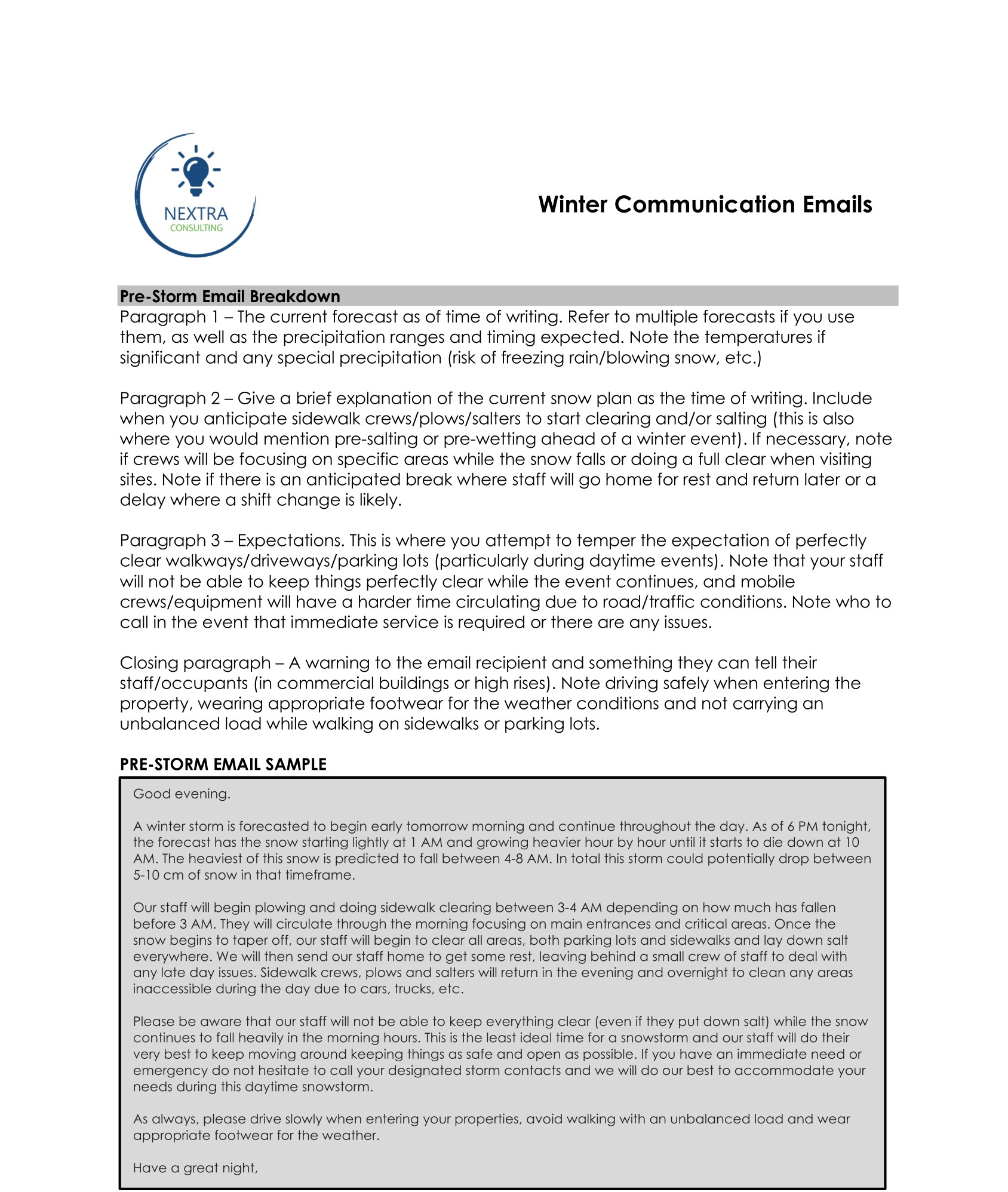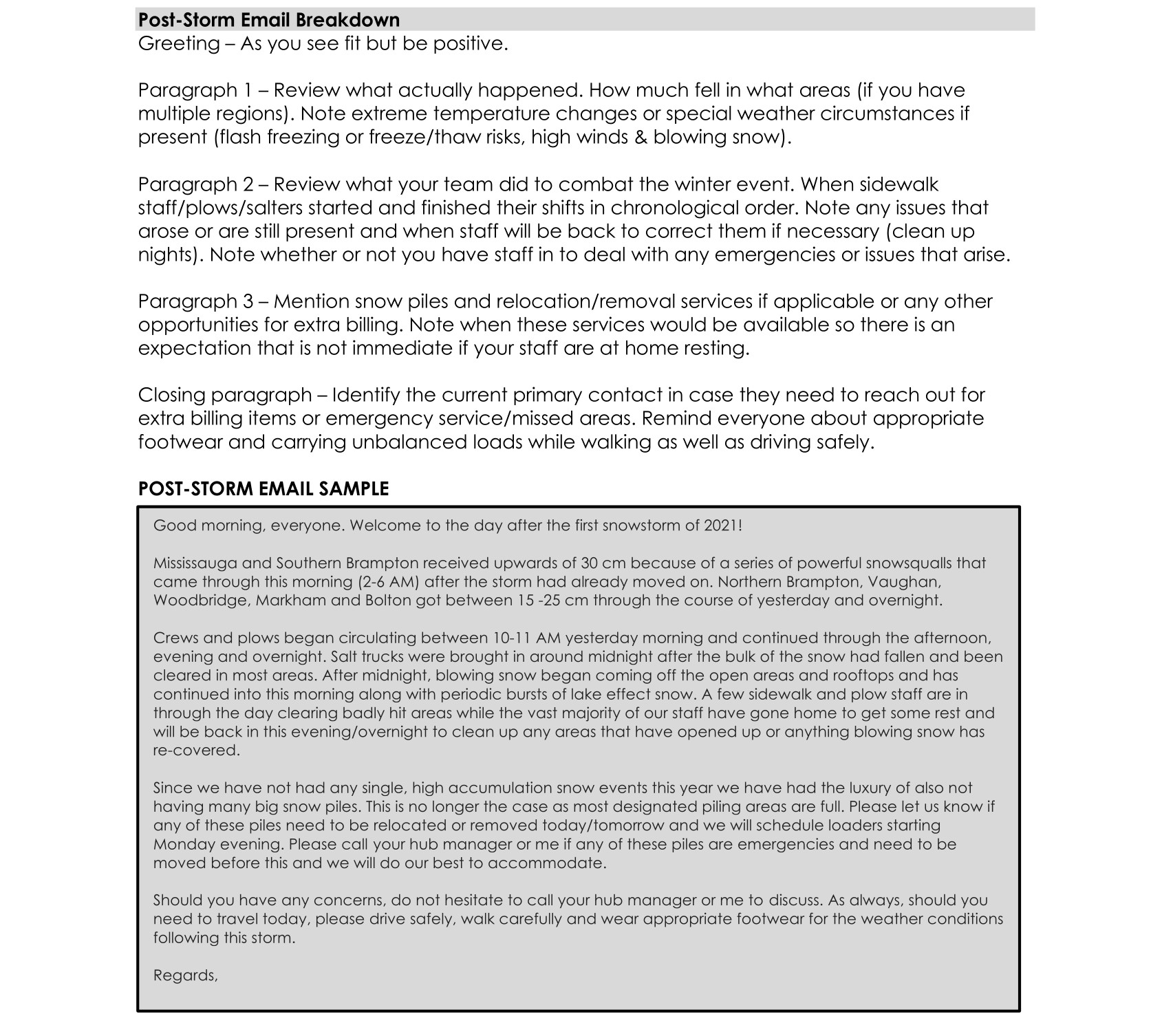Building Strategic Plans

A strategic plan defines who you are as a business and lists concrete actions to achieve your goals, so creating one takes time and thought. Let’s discuss the W’s of strategic planning:
Who should be involved?
Clearly the owner should be involved. And depending on the type of plan you’re creating, you might also want to include division leaders, administration, sales staff, operations management and a facilitator.
What should be discussed or decided?
The strategic plan meeting should identify or review the company vision, mission and core values, a SWOT (Strengths, Weaknesses, Opportunities, Threats) analysis, company goals and objectives as well as an action plan.
When should you prepare a strategic plan?
A strategic plan should be created annually, reviewed quarterly and discussed weekly.
Where should the meeting take place?
It has been our experience that the most productive meetings take place outside of the office. We recommend booking an offsite location for a day where y...
Give Your Business a Boost

Being a landscape business owner is hard. There are a million things vying for your attention, and it’s usually the most urgent that gets it. Meanwhile, your business keeps going – but is it growing? Has it increased in value over the last year? The truth is that most landscape business owners have no idea what their business is worth or how it’s actually doing. They’re usually fantastic technicians, happy to be working IN the business, but rarely ON the business. But knowing the value of your business, and understanding the steps needed to take to increase its value are critical for the growth and health of the business. It will increase profitability now and also make your business more attractive to potential buyers – whether you’re looking at selling now or in the future.
Let’s take a look at six pillars of business and identify some best practices and tools you can implement fairly easily to increase efficiency, productivity and profit.
SAFETY
The health and safety of your staf...
The 4 Types of Organizational Culture

The original article by Kate Heinz and updated by Jessica Powers can be found HERE.
Organizational culture influences the success of your company, directly affecting the sort of candidates you attract and the employees you hold onto. There are several different types of organizational culture too; so you have to find the one that works best for you.
What Is Organizational Culture?
Organizational culture, or company culture, is defined as the shared values, attitudes and practices that characterize an organization. It’s the personality of your company, and it plays a large part in your employees’ overall satisfaction.
Having a strong organizational culture is important because it helps attract the right candidates and it keeps them engaged as employees. According to a 2019 Glassdoor study, 77 percent of adults would evaluate a company’s culture before applying to an open position, with more than half ranking an organization’s organizational culture as more important than compensati...
The Value of Exit Interviews

“Those who cannot learn from history are doomed to repeat it.” George Santayana
“Do you have a minute to talk?”. Over the years I’ve been asked this question by employees. It’s a question that immediately knots my stomach, as my experience tell me that the employee is about to resign.
When an employee resigns, my mind very quickly begins making a checklist. What are the steps we need to take to fill the role being vacated? Do we need to adjust the job description? Do we fill the job internally or post it externally? By immediately jumping to replacement, I’ve missed an important and valuable step - the exit interview.
An exit interview is an interview held with an employee about to leave an organization, typically in order to discuss the employee's reasons for leaving and their experience of working for the organization. The exit interview can take various forms; it can be a written survey, can be completed verbally with a manager, or contain elements of both. The exit interview ...
Employee Engagement Tools

If you thought the Great Resignation was a 2021 phenomenon, you’re wrong. Employee retention is still a problem for employers. In a recent article published by the Human Resources Professionals Association, they indicate that Canadian companies are collectively attempting to fill 915,000 job vacancies, 80% more than in 2019 according to Statistics Canada, and well above pre-pandemic levels.
“What’s unfolding then is not just the Great Resignation (the symptom), but the Great Prioritization (the cause). Simply put, people are putting a greater focus on well-being, health (physical, social and mental), family (childcare and/or aging parents) and other hobbies and interests - and by extension, taking the time to consider who they work for, how they work, and why they work.”
Recruiting employees in this environment is a challenge, but an equally important discussion is how to keep the great staff that you already have. It’s time to rethink how work gets done in your organization and ho...
Book of the Month: Free to Focus

"The most productive business leaders I coach recognize productivity is not about getting more things done; it's about getting the right things done. It's about starting each day with clarity and ending with a sense of satisfaction, accomplishment, and energy to spare. It's about achieving more by doing less, and this book shows you how." (Michael Hyatt, Free to Focus)
This book is a productivity game-changer. Michael Hyatt guides you through the process and provides tools to identify the work that is the most productive and most satisfying. The work that allows you to achieve more by doing less. He says that , "the important question is not, Can I do this job faster, easier, and cheaper? It's, Should I be doing this job at all?"
"If you want to master your schedule, increase your efficiency and output, and create more margin in your life for the things you care about, you've got to learn how to focus. I'm talking about the ability to zero in and do the deep work that creates a signi...
Get ready for spring!

(Original article by John Janes can be found here.)
The busy season is right around the corner, which means many landscaping businesses are gearing up for the work ahead. From labor to landscape equipment to materials, now is the time to have your resources lined up and ready to go once spring starts. Check out our tips for spring planning for landscape businesses below.
FINALIZE LANDSCAPING CONTRACTS
The first step to spring planning for landscape businesses is to finalize your landscaping contracts. Ideally, the contract process has already started and you’ve been working through some of those details since last year. Once your commercial and residential contracts are signed, it will give you a clearer picture of what labor, equipment and materials you’ll need to meet the workload.
RECRUIT AND RETAIN EMPLOYEES
The second step to spring planning for landscape businesses is to have a recruitment plan and a strategy to retain your current employees. This is more important
...Scheduling & Routing Quick Tricks

You can find the original article by Lauren Spiers HERE.
Properly scheduling and routing crews can often be a complicated, mind-bending exercise.
Ensuring that every crewmember receives his or her required hours per week, creating efficient routes for crews to follow, contending with weather issues or crewmembers who need to take a sick day – it all spells R-O-L-A-I-D-S for operations managers and company presidents trying to make everything fit together.
Creating efficient and effective routes and schedules really is like putting a puzzle together, and finding those helpful edge and corner pieces first can make the process easier. Here are a few tips contractors offered to help ensure the rest of the pieces all fit nicely.
- Work one step at a time. “The more [crews] you have, the more difficult it is to route and schedule, but if you just break everything up into little pieces and try not to schedule everybody at once, it’s much easier,” assured John Luznicky, general manage ...
Winter Storm Communication to Clients

With winter on the way, it's important to put a client communication process in place for before, during and after a storm. There is really no such thing as communicating too much with clients. With that in mind, we've created the following as a template you can use for your clients. 


Importance of Keeping Organized
Spring is here which means things are typically happening at lightning speed. Although there are a lot of unknowns this year, keeping organized is not only a nice idea, it is crucial to you and your team's success.
Here are a couple tips that will help ensure the important things are not slipping between the cracks:
- Create a written plan for the day. Preplan all of the repeat tasks that often fall through the cracks and use the rock, pebble, sand method to ensure the most important things are scheduled first.
- Leverage a calendar. Leave some whitespace between tasks so that if something comes up, it doesn’t derail your entire day.
- Block out distractions.
- Delegate tasks you do not need to do.
- Track how you are spending your time.
- Eliminate unnecessary tasks.
I also encourage owners to pay attention to how much time they spend on the phone and with whom. Is it your management team or are you getting calls from staff and crew leaders regularly?
If crew leaders are calling y...

